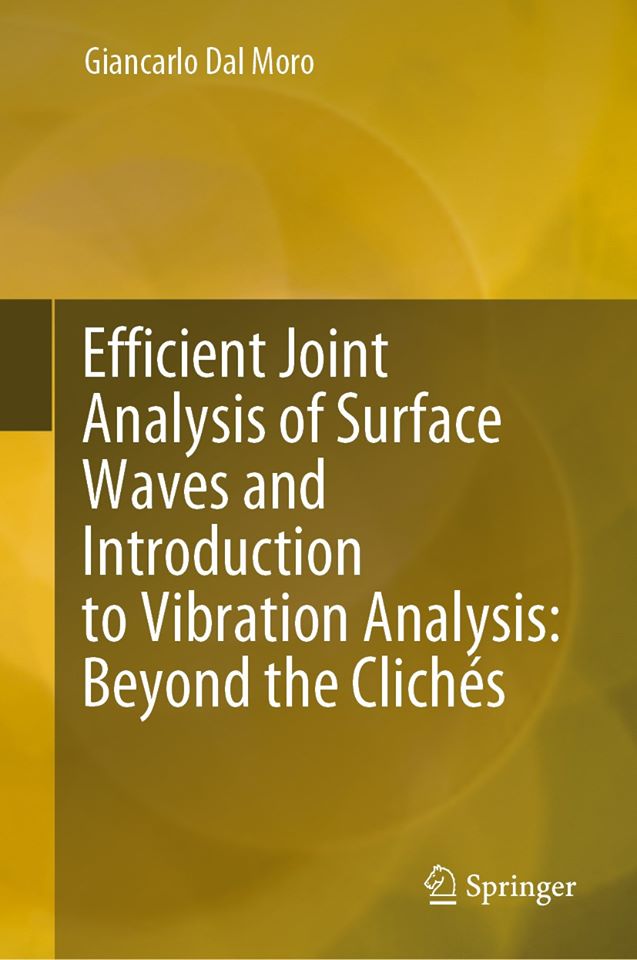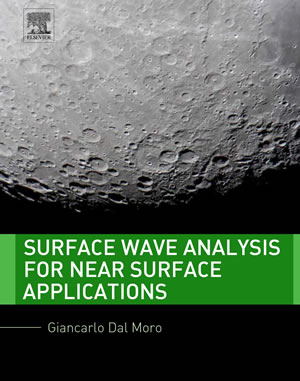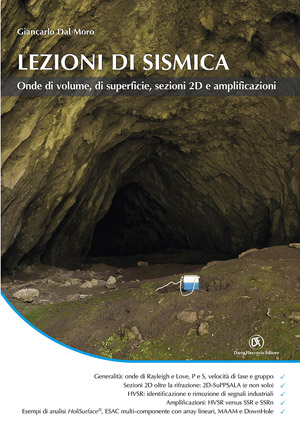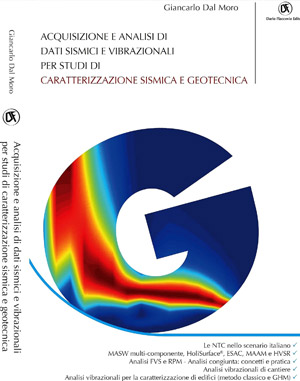FAQ
MASW and refraction/reflection geophones: commercial legends
Sometimes they propose you two sets of (vertical) geophones: the 4.5Hz set for the so-called MASW and the 10 or 14Hz for the refraction/reflection data.
Of course, if you know the fundamentals of seismics, you should understand by yourself that this is totally meaningless (so a huge waste of money) and that you actually just need the 4.5Hz geophones.
Why? For at least two very obvious reasons:
- 4.5Hz geophones "include everything" above a certain frequency (say above more or less 2Hz - below that frequency the amplitude is normally too low).
Low frequencies are necessary for analyzing the surface wave propagation (MASW/ReMi/ESAC etc)... but they say that for refraction studies you need to "focus" only on the high frequencies (say between 10 and 200Hz - above that frequency the information is completely irrelevant for us).
Well, if you acquire a dataset with your 4.5Hz geophones, you can very easily remove the low frequencies with a simple high-pass filter. This way you can use the same data both for MASW (using the low frequencies) and, by removing the low frequencies with a simple click of the filter tool in winMASW, for refraction/reflection studies. - But is it really necessary removing the low frequencies for analyzing the refracted events?!
Actually if you just focus on the very basic principles of refraction studies, you will easily understand that this is not even necessary.
Just consider the vertical component (so the Rayleigh waves and the P-wave refraction): Rayleigh waves are much slower than the refracted P waves (not by chance what you pick in a refraction study are the so called first arrivals).
This means that Rayleigh waves arrive much later with respect to the first arrivals related to the P-wave refraction.
So, if you carefully analyze a dataset acquired using 4.5Hz geophones you will see first the P-wave refraction and then (much later) the arrival of the Rayleigh waves.
So there's no so-to-speak "interference" or problems in having (in the same dataset) both refractions and Rayleigh waves (things are actually different if you want to analyze the reflections, but in that case a simple high-pass filter will be enough).
So, save your money to buy a set of horizontal 4.5Hz geophones for acquiring Love waves and the radial component of Rayleigh waves (and of course for SH-wave refraction/reflection studies)!
And always ask the polarity of the geophones (some techniques require to know it)!
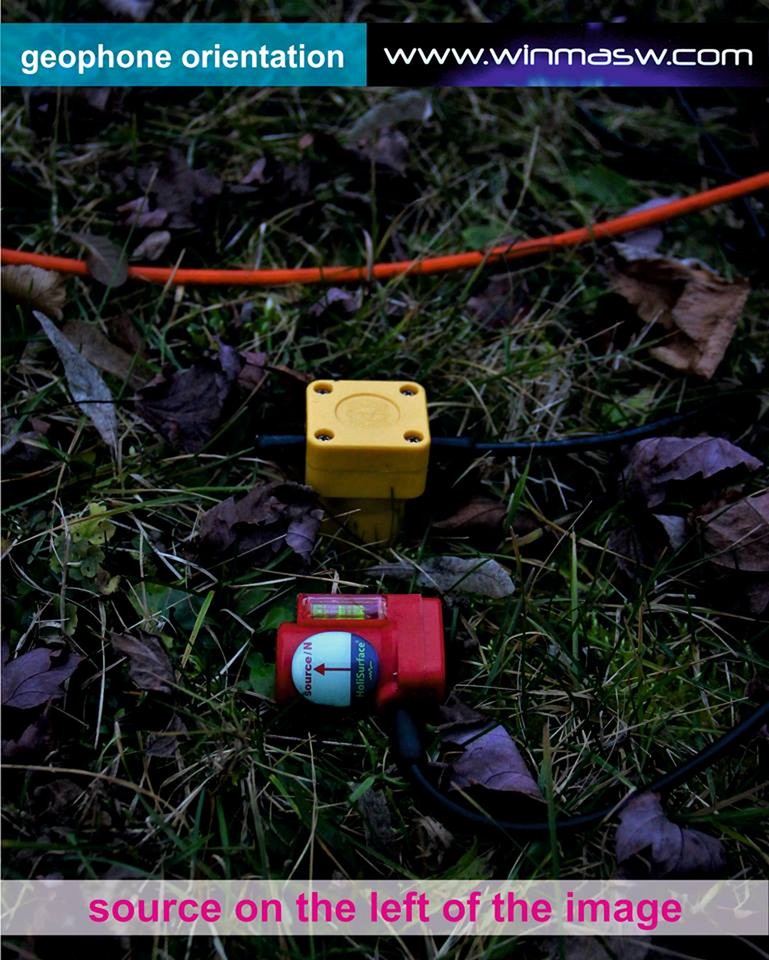 Joint Acquisition of the Z and R components for the joint analysis of the Z and R velocity spectra and the RPM (Rayleigh-wave Particle Motion) data
Joint Acquisition of the Z and R components for the joint analysis of the Z and R velocity spectra and the RPM (Rayleigh-wave Particle Motion) data
The picture shows the correct orientation of our horizontal (H) geophones for an active acquisition (the source is on the left) [see the sticker on it]. Please, notice that in order to properly define the correct orientation of the H geophone, the vertical and H geophones must be tested together. Of course, if you are not interested in the computation/analysis of the RPM data, the orientation of the horizontal geophone is not important (if you orient your H geophones on the other side - 180° rotation - your radial component data can be used for the analysis of the dispersion).


